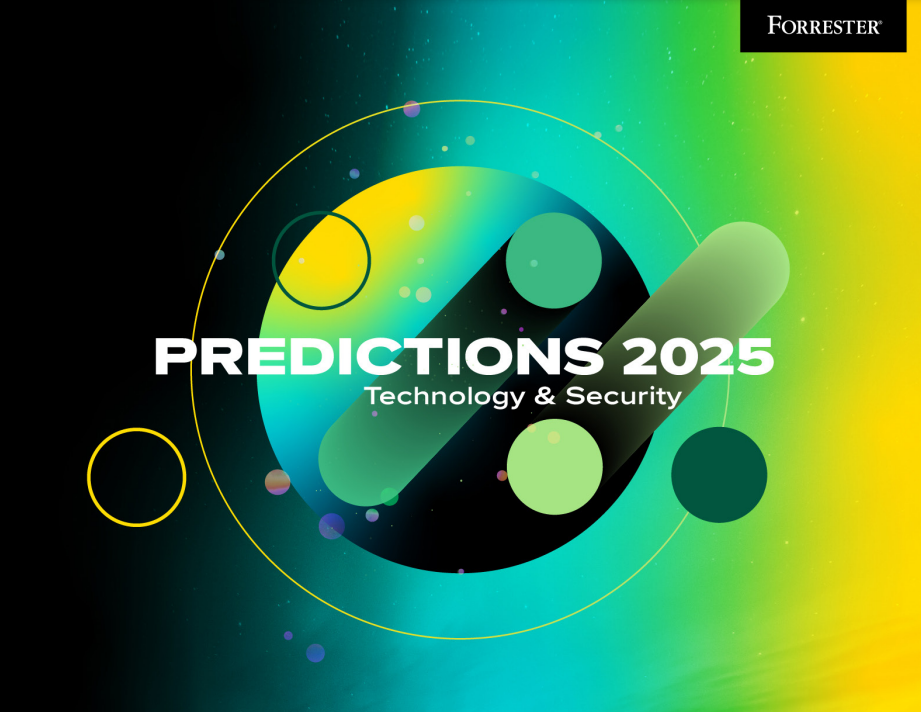Why Most Video Content Fails To Reach Its Full Potential | Content Market Inginstitute
Artificial Intelligence | Global
Amidst the rise of AI, fostering human connections is paramount. Video, known for its emotional resonance, is favored by B2B marketers. However, despite its growing importance, only a small fraction harness its full potential. CMI’s research unveils insights into video and visual storytelling trends, shedding light on the challenges and opportunities faced by marketers. Explore the findings from the Content Marketing Institute Video & Visual Storytelling Survey to uncover the nuances of this evolving landscape.
Video use, types, production, and challenges
Video remains a vital element in marketing strategies: 67% of marketers affirm its increased significance over the past year. Approximately a third (32%) maintain its importance unchanged, with only 1% indicating a decline.

Seventy-seven percent of participants utilize social media videos, the most prevalent form. Additionally, over half employ video for various purposes, including branded narratives like short films, series, and documentaries (61%), how-to or explainer content (59%), interviews with influencers and experts (54%), case studies, testimonials, and customer narratives (51%), as well as thought leadership featuring company executives (51%).
However, fewer than half integrate video for product overviews or demonstrations (45%), stories about their organization or employees (41%), external training materials (24%), livestreaming sessions (24%), and miscellaneous formats (4%).

What formats yield the best outcomes? According to 54% of marketers, social media videos are among the most effective. Case studies, testimonials, and customer stories are highlighted by 51%, how-to videos by 48%, branded narratives by 44%, and interviews with influencers and experts by 41%.

Which platforms are preferred for video sharing? YouTube leads with 79%, trailed by LinkedIn (76%), Facebook (72%), Instagram (71%), X (38%), TikTok (28%), and other platforms (6%).

The majority of marketers (69%) create videos internally. Twenty-one percent primarily delegate to external sources, 8% mainly depend on videos made by employees, and 2% rely on user- or customer-generated content.

The duration needed to create videos is a hurdle mentioned by the majority of respondents (69%). Other commonly mentioned challenges include maintaining a consistent stream of video content (56%) and generating a sufficient quantity of video material (52%).
In contrast, fewer marketers view the following as obstacles: availability of human resources for video production (43%), production costs (40%), ensuring high video quality (34%), the expertise needed for video creation (31%), and selecting appropriate distribution channels (14%). Three percent claim they encounter no challenges, and 2% selected the “other” category.

Video AI use: Few marketers use AI to assist with video creation so far
Only 18% of marketers currently utilize AI to aid in video creation. However, one-third of marketers who currently do not employ AI for video production intend to do so within the next year. (Thirty-seven percent have no plans to do so, while 30% are uncertain.)
A marketer highlighted the significance of AI in video creation in their open-ended feedback: “[It] holds the potential to transform the video production landscape. AI can offer assistance across various stages of video creation, from generating scripts and storyboards to automating the editing process and enhancing visual effects. Notably, automating certain aspects of video production with AI has the potential to decrease costs associated with hiring a large production team.”


The majority of respondents who addressed the open-ended question expressed optimism regarding the utilization of AI for video creation. They demonstrated interest in leveraging AI as a tool for script generation, efficiency enhancement, and production streamlining:
“Anything that can accelerate production time without compromising quality is invaluable.”
“We plan to integrate AI into the entire video production process.”
“I believe AI holds great potential for content, so I anticipate its value in video creation as well.”
“AI represents a significant advancement in video creation.”
However, some voiced reservations and concerns, including apprehensions about the authenticity of AI-generated content, ethical considerations, and the necessity of human involvement in content creation:
“I am open to AI for script drafting, but not for ideation and visuals. The human touch is irreplaceable.”
“Responsibility and trust are paramount. While AI can aid in script development and visual creation, human oversight is crucial.”
“I view AI as a supplementary tool for video creation. The human element remains integral to the creative process.”
“We utilize AI for voiceovers, motion graphics, and scriptwriting. However, we maintain guidelines against certain AI applications, emphasizing ethical considerations and authenticity concerns.”
Among AI users, the primary applications include video script creation (69%), video editing (34%), and generating videos from existing scripts or text (26%).
Additional uses encompass adding motion graphics (23%), creating new content from existing videos (20%), localization (10%), and others (17%).

The primary advantage marketers associate with using AI for video creation is time efficiency, with a majority highlighting it. However, only 17% perceive an improvement in content quality, indicating that AI has yet to fully meet marketers’ expectations in delivering desired video products.
Other benefits mentioned include simplifying the video creation process (59%), reducing costs (47%), enhancing content diversity (41%), requiring fewer human resources (33%), and better management of multiple digital channels (19%).

“Employing AI for video creation can revolutionize time management,” states Melissa Francois, content, communications, and social lead at PlayPlay, a provider of video content creation tools. “Imagine swiftly transforming a basic text concept into a complete video – it’s a marketer’s fantasy turned reality. Once you’ve selected your preferred tool, the adventure begins. Take the time to master the software intricacies, explore various text prompts, and witness your concepts manifest into captivating videos. However, remember to view each AI-generated video as an initial draft for further refinement, not the final product. Nevertheless, leveraging AI will streamline your workflow, fostering agility and creativity in the ever-changing landscape of digital marketing.”
Keep exploring the insights! Continue reading for valuable findings.
The Table of Contents of “Why Most Video Content Fails To Reach Its Full Potential” Report :
- Video use, types, production, and challenges
- Artificial intelligence use in video
- Audience journey and preferences
- Video effectiveness
- Budgets and spending
- Action steps
- Methodology
Pricing:
- Free
Methodology
For its third annual video and visual storytelling survey, CMI surveyed 382 marketers, mostly from North America, in August 2023. The survey was emailed to CMI opt-in subscribers.
Thanks to the survey participants, who made this research possible, and to everyone who helps disseminate these findings throughout the content marketing industry.







